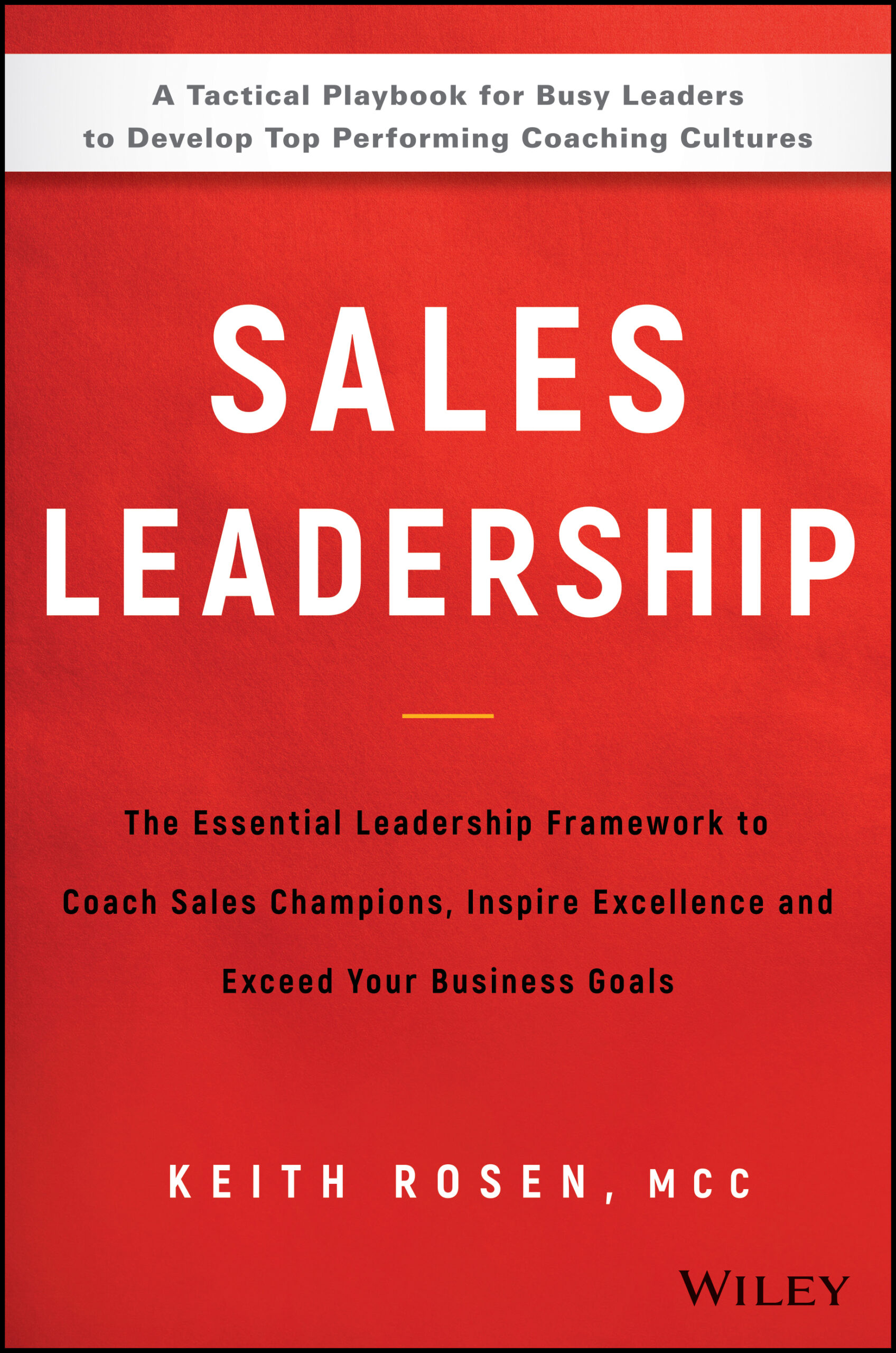You might be surprised that the same activity which prevents sports injuries can help prevent cold calling injuries too. Implement a pre-call planning regimen.

When talking with salespeople who have prospected for a while, it seems that they remember how challenging it was to take that first prospecting step. This is still a common theme amongst salespeople who have to learn how to prospect to build their business. They tell me that taking the first step and making that first cold call is exactly where they freeze or get stuck.
Many salespeople define the first step as the first cold call they make. That is, the first time they are picking up the phone and attempting to connect with a prospect. However, the first step isn’t what you may think.
Don’t Strain Yourself
If you’ve ever honored a workout regimen, getting on the treadmill or hitting the weights probably isn’t the first thing you do. Instead, you ease into your workout by first stretching and warming up your body. Why? To avoid injury. Warming up lets your tight muscles know that they are about to be torn down, exercised, and challenged. Stretching and warming up your muscles makes you more limber and your body more responsive and open to what you’re about to put it through. It’s a great way to ensure you’ll get a good workout and most important, avoid an injury that can lay you up in bed for weeks.
The same holds true for prospecting and cold calling. Imagine that your pre-call planning phase is when you take the time to warm yourself up before the big game. View pre-call planning as your warm up for cold calling or other prospecting activities. The only difference is, the primary muscle that you are stretching and preparing for prospecting is your brain; that is, your mindset and the activities that require your focus and attention.
Pre-call planning encompasses the activities you engage in before you begin prospecting that involve action and intellect in order to achieve the maximum return on your prospecting efforts.
Pre-call planning is an essential step in your prospecting system that will enable you to plan effectively, get into the prospecting mindset, eliminate any fear or reluctance, boost your confidence, learn about your prospects, tap into your drive and motivation, and target who you are calling. Finally, pre-call planning will enable you to become limber and hyper focused on your objective. All of these activities are the preliminary steps you take to avoid injury or challenges during your cold calling, I mean, warm calling efforts.
The Five Degrees of Pre-Call Planning
Ken, a client of mine, called me the other day and told me that during the one-hour timeline he allocated each day for cold calling over the phone, he was only able to make a few calls. When I asked him to break down exactly what he attempted to accomplish in that hour, he shared with me the following tasks:
1. Getting into the prospecting mindset.
2. Reviewing his action plan and approach.
3. Compiling, reviewing, updating, and developing his prospecting target list.
4. Calling back customers, prospects or other people that returned his call.
5. Making calls to new prospects.
Without realizing it, Ken identified the five degrees of pre-call planning. Ken then shared with me that during the one hour he put aside for prospecting, it was taking him forty-five minutes just to prepare his targeted list of prospects to call, not leaving him much time for actual prospecting.
In other words, Ken was collapsing several other activities into one and calling that “cold calling.” In actuality, he listed five distinct activities that need to be managed independently.
The jewel here is be sure that each task or activity you engage in is broken down into its most simplistic and measurable form. In other words, if prospecting is one of the activities you engage in, it is not enough to simply list “prospecting” as an activity. As we’ve discussed, prospecting involves a variety of distinct activities. Therefore, prospecting, as defined by Ken, needs to be broken down even further.
Mapping your prospecting strategy, getting into the prospecting mindset, compiling your call list, returning or taking phone calls, and cold calling for new customers are five distinct and measurable activities that need to be managed separately when creating your schedule. If you find that you need to handle some of these activities at the same time, then make sure you have allocated enough time for each activity.
Additionally, each one of these activities calls for a different mindset. You’ll know if the activity you are engaging in needs to be broken down into other activities if it requires a different level of thought, skill, and focus.
You’ll know if the task is broken down into the absolute smallest denominator when asking yourself, the following questions. “How am I going to achieve that?” “What steps do I need to take to finish that task?” “What specific outcome will be produced?” If the answers to these questions open up another task, process, or strategy that would generate a unique end result then you’ll need to narrow down that activity even further. For example, compiling your target-prospecting list not only produces a different outcome than when you pick up the phone and make cold calls but it requires a different thought process, strategy, and skill set.
Another symptom that will let you know whether or not you can narrow down the task into a smaller denominator is this: If you block out a certain amount of time for an activity and you find that you are not completing it, there’s a chance that you have collapsed more than one activity into that block of time. Identifying each distinct activity that you engage in will enable you to be more realistic with the time lines that you allocate for each activity, making your prospecting efforts highly effective and more easily manageable.
In addition, this exercise will strengthen your ability to think in terms of detailed, measurable activities and tasks, rather than in vague, broad strokes. So, if you’ve ever been in a position where you have underestimated how much time a certain task or project would take, this process will also assist you in establishing more realistic timelines around your daily activities so that you can “get it all done” rather than constantly leaving tasks incomplete or overbooking and overcommitting yourself.
Photo Credit: Keith Nerdin



